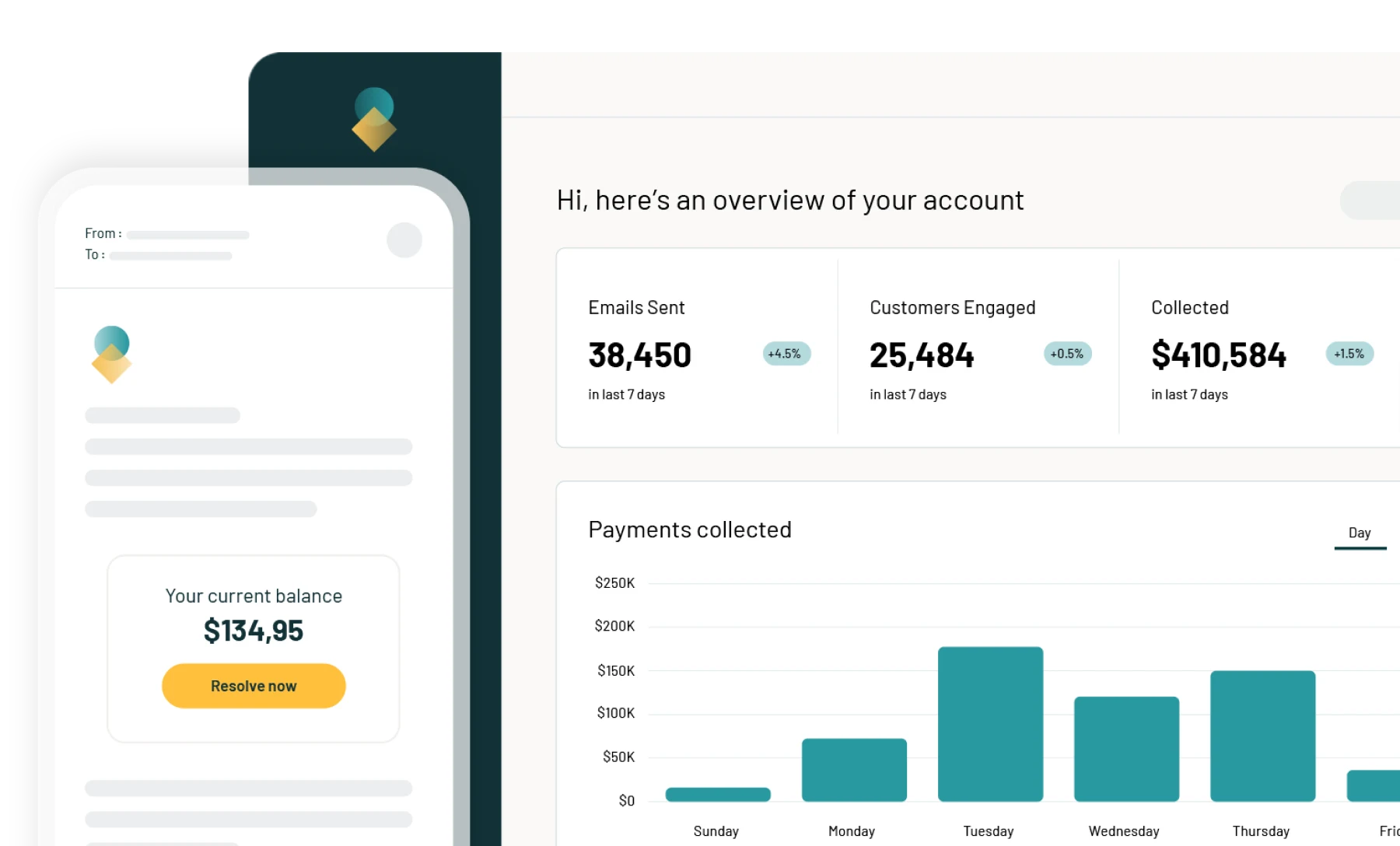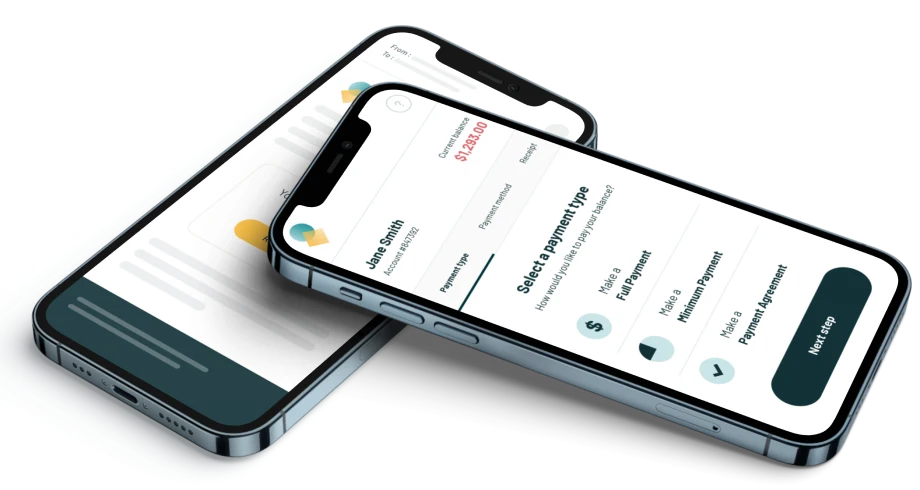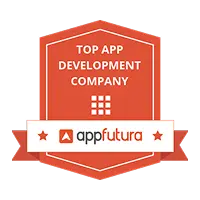
Technologies
Ruby on Rails, React
Industry
Fintech
Engagement Model
Dedicated Team
Platform
Web
Team
4 members
Timeline
7 months
About the project
VaultVertex is a FinTech platform that facilitates businesses with a digital collection of debts and payments. With the help of VaultVertex tools, companies simplify the collection process and increase the debt return rate.
A well-thought system of digital reminders keeps the attention of a payer or a subscriber, which ensures a higher quality of interaction and helps businesses to accomplish ambitious business goals.
Our software development agency joined the team of 10 developers invited to improve the web platform’s functionality and set up new payment integrations.

Project Challenges
Requirements varied depending on the diverse needs of multiple clients
Clients of the VaultVertex platform embrace mobile operators, telecommunication companies, financial agencies, and big companies interested in optimizing cash flow within their organization. Many of these clients utilize a different payment system, which requires an individual approach to integration.
Transferring the Rails Views component to React
This component must be transferred from the monolith Rails application step by step as it implies significant shifts in the app’s architecture.
Our work
Making components of default payment agreements more flexible
The platform serves different types of payments, including subscribers’ recurrent subscription fees. A subscriber pays these funds as per the terms of payment agreements, and its components are set by default. Initially, making adjustments to these agreements by client companies was not possible. They had to apply to the service provider (VaultVertex company) to make the necessary changes. We enabled the possibility of adjustments on the customer’s end by editing, removing, or adding the sum of monthly payments in the user admin panel.
Payment integration for a global auto manufacturer
The payment integration was needed by a global automobile manufacturer — one of the FinTech platform’s clients. The developer from our end was entirely responsible for integrating the payment system as a web service. As a result, we set a safe integration of the Bambora payment system used by this global car manufacturer for processing payments from various contractors via bank cards.
Introducing dynamic permissions
Initially, accesses were distributed according to user roles, limiting access management’s flexibility. Dynamic permissions instead of user roles would ensure more flexible levels of access to the platform. The system of dynamic permissions allows for providing specific access above a particular role or limiting the standard scope of accesses determined for a particular role. We made relevant changes in front and back end.
Adding dynamic tags
The project profile mentions a well-structured system of digital reminders and notifications sent to users. These communication elements incentivize the user or subscriber to make a timely payment or redeem their debt. This information system pays particular attention to the organization of electronic newsletters.
Letters’ templates include specific variable components. They were set by default once added to the system, which prevented adding new or updating existing variables. When some clients occasionally asked for new tags, developers had to update the code level. Thanks to the dynamic tags system introduced by our developer, flexible elements became part of letters’ templates. From now on, every client can set the tag in the user admin panel. The autosuggestion function allows for an easy choice of a necessary tag.
Refactoring and assistance with transferring Rails Views to React
The platform stored the standard component Views in the Rails monolith application. With our assistance, this component was transferred from the mono repository, as the Ruby on Rails stack is one of our primary specializations. We helped the developers’ team to integrate Views with the React system using the Context data distribution method.
Project results
- Optimization of the app’s architecture due to the transfer of the Views component to React.
- Setting up the payment system integration for one of the large clients of the platform.
- Improving the app’s functionality after introducing the system of dynamic access permissions, tags, and better flexibility of the default payment agreements.
Top-rated B2B software development company with a proven track record
We look forward to discussing your ideas and bringing them to life
By submitting request you agree to our Privacy Policy





